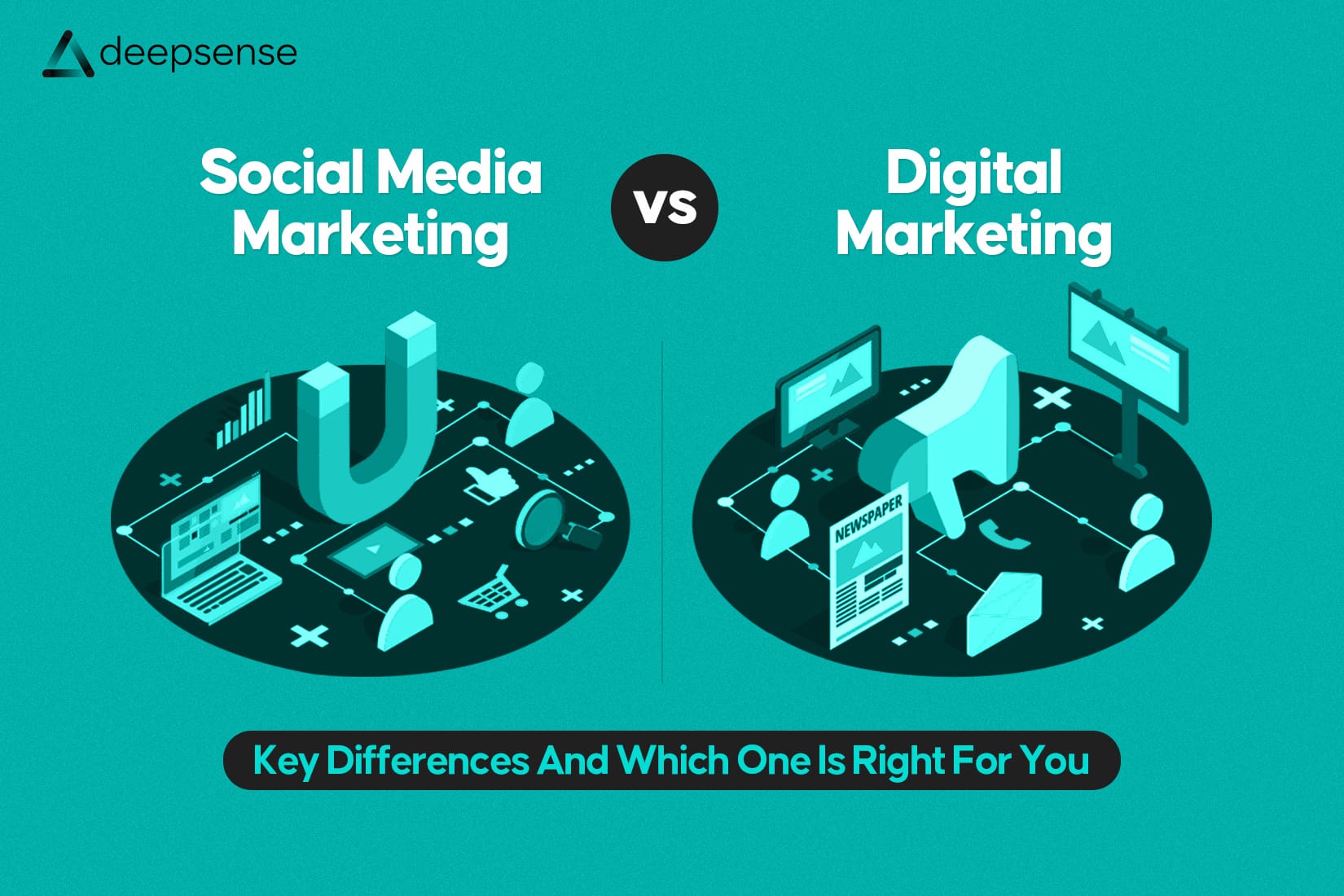Introduction
In the fast-paced world of finance, staying ahead of the competition requires more than just number-crunching. The finance industry is rapidly evolving, and digital marketing has become a game-changer. From banks and fintech startups to investment firms and insurance providers, every financial company can benefit from a strong online presence.
But where do you start? Don’t worry! We’re here to break down the top 10 digital marketing strategies that can help your finance brand grow. Grab a coffee, and let’s dive into the world of digital marketing for finance!
1. Build a Trustworthy Website
Think of your website as your digital storefront. Financial services often involve large transactions and sensitive information, so your website needs to exude trust and professionalism. A clean, responsive design and an intuitive user experience are non-negotiable.
Tips:
- Ensure your website is mobile-optimized.
- Add SSL certificates for security.
- Provide clear CTAs for visitors to take action.
- Incorporate financial calculators and tools.
- Implement live chat for immediate assistance.
Interesting Fact: 75% of users judge a company’s credibility based on its website design.
2. Leverage SEO to Boost Visibility
When people search for financial advice, you want your company to pop up first. Search engine optimization (SEO) is key to making that happen. With effective SEO, your financial website can climb search engine rankings, leading to increased organic traffic.
Tips:
- Use relevant keywords like “best financial advisors” or “retirement planning tips.”
- Publish informative blogs and guides.
- Optimize meta descriptions, headings, and image alt texts.
- Build backlinks from authoritative sites.
- Improve site speed and mobile responsiveness.
Interesting Fact: 93% of all online experiences begin with a search engine.
3. Content Marketing for Thought Leadership
Finance can be complicated. Offering valuable, digestible content will position your brand as an industry leader. Educating your audience builds trust and keeps them coming back for more insights.
Ideas:
- Write blogs explaining investment concepts.
- Produce videos on financial planning.
- Share case studies and success stories.
- Offer free downloadable resources like budgeting templates.
- Host webinars with finance experts.
Pro Tip: Repurpose long-form content into infographics, social media posts, or podcasts to maximize reach.
4. Utilize Social Media
Financial companies often shy away from social media, but it’s a powerful platform for building connections. From thought leadership on LinkedIn to financial tips on Instagram, social media can humanize your brand.
Platform Tips:
- LinkedIn: Great for B2B and industry thought leadership.
- Instagram: Visual storytelling with infographics and success stories.
- Facebook: Connect with local communities and share blog content.
- YouTube: Provide financial tips through engaging videos.
Interesting Fact: 54% of social media users research financial products online before making decisions.
5. Email Marketing for Personalization
Email marketing remains one of the most effective ways to nurture leads and retain clients. Personalized emails can drive customer engagement and conversions.
Tips:
- Segment your email lists.
- Send personalized financial tips.
- Provide exclusive content for subscribers.
- Use automation for follow-ups and reminders.
- Create interactive newsletters with relevant market insights.
Interesting Fact: Email marketing has an average ROI of 4,200%.
6. Paid Advertising for Instant Results
If you’re looking for immediate visibility, paid ads can be a game changer. Pay-per-click (PPC) advertising can drive targeted traffic to your website instantly.
Options:
- Google Ads for search visibility.
- Social media ads targeting specific demographics.
- Retargeting ads to reach past visitors.
- Native ads on financial news sites.
Pro Tip: Test different ad creatives and formats to see what resonates best with your audience.
7. Video Marketing for Storytelling
People trust financial companies that simplify complex topics. Videos are a fantastic way to explain financial concepts visually, engage audiences, and build brand credibility.
Ideas:
- Explainer videos on financial products.
- Customer testimonials and case studies.
- Live Q&A sessions on social media.
- Webinars featuring financial experts.
Interesting Fact: Video content is shared 1200% more times than text and images combined.
8. Influencer and Partnership Marketing
Collaborating with trusted financial influencers can add credibility to your brand. Influencers can break down complex topics and provide relatable advice to their followers.
Tips:
- Partner with financial bloggers and YouTubers.
- Co-host webinars with industry experts.
- Offer referral incentives for influencer partnerships.
- Leverage micro-influencers for niche audiences.
Interesting Fact: 49% of consumers rely on influencer recommendations.
9. Chatbots and AI for Customer Support
Providing instant support can significantly enhance the customer experience. AI-powered chatbots can handle routine inquiries, freeing up your customer service team for complex issues.
Benefits:
- 24/7 customer service.
- Automated responses to common queries.
- Personalized product recommendations.
- Reduced response times.
Pro Tip: Implement chatbots on your website and social media platforms for omnichannel support.
10. Track and Optimize with Analytics
Numbers don’t lie, and the best marketing strategies are backed by data. Track your campaigns to understand what’s working and refine your approach.
Tools to Use:
- Google Analytics for website insights.
- SEMrush or Ahrefs for SEO tracking.
- HubSpot for CRM and campaign monitoring.
- Social media analytics tools for engagement tracking.
Interesting Fact: Companies using data-driven marketing are six times more likely to be profitable year-over-year.
Case Study: Kotak Mahindra Bank’s Digital Marketing Success
Objective
Kotak Mahindra Bank aimed to:
- Strengthen its digital presence and increase brand awareness.
- Acquire new customers, especially younger, tech-savvy users.
- Promote its digital banking products like the Kotak 811 zero-balance savings account.
- Enhance customer engagement using personalized and interactive campaigns.
Approach
- Digital-First Strategy: Focused on online channels for customer acquisition, bypassing traditional branch-based marketing.
- Customer-Centric Campaigns: Emphasized convenience, speed, and financial inclusion.
- Social Media Engagement: Built relatable content to connect with the younger demographic.
- Influencer Collaborations: Partnered with content creators to enhance authenticity.
- Data-Driven Personalization: Leveraged AI for personalized product recommendations and engagement.
Strategies and Implementations
- Kotak 811 Campaign
- Launched #IndiaInvited campaign to promote Kotak 811, encouraging users to open zero-balance digital accounts in minutes.
- Focused on the theme of financial inclusivity and convenience.
- Used Shah Rukh Khan as the brand ambassador to build mass appeal.
- Social Media & Influencer Marketing
- Collaborated with influencers and finance content creators to explain the benefits of Kotak 811.
- Used interactive content like polls, challenges, and user-generated videos.
- Video Marketing
- Produced engaging explainer videos and customer success stories across YouTube, Facebook, and Instagram.
- Leveraged Instagram Reels and YouTube Shorts for short-form content targeting millennials and Gen Z.
- Gamification
- Integrated gamified experiences in the app, encouraging users to explore services like mutual funds and digital wallets.
- Performance Marketing
- Ran AI-powered campaigns using real-time data to retarget users who had shown interest but hadn’t completed account opening.
- Localized Campaigns
- Created regional language content to appeal to different demographics.
Results
- Massive Account Openings: Over 10 million Kotak 811 accounts were opened within the first 18 months.
- Social Media Impact: The #IndiaInvited campaign garnered over 50 million views and trended on multiple platforms.
- Increased Engagement: Achieved a 3x increase in app engagement with gamified experiences.
- Customer Acquisition: Saw a 60% reduction in customer acquisition cost through digital channels.
- Enhanced Brand Visibility: Kotak Mahindra Bank’s digital footprint expanded, especially among younger audiences.
Key Takeaways
- Digital-First Approach Wins: Embracing digital platforms enabled faster and more cost-effective customer acquisition.
- Celebrity Influence Matters: Shah Rukh Khan’s endorsement created immediate mass appeal and credibility.
- Personalization is Powerful: Data-driven insights allowed hyper-targeted campaigns with better conversion rates.
- Engagement Over Promotion: Gamified experiences and interactive content led to higher user retention.
- Localized Content Boosts Reach: Regional language campaigns ensured inclusivity and wider appeal.
Kotak Mahindra Bank’s digital success showcases how financial brands can effectively use digital marketing to accelerate growth, engage customers, and build brand loyalty.
How Deepsense Digital Can Elevate Your Finance Brand
At Deepsense Digital, we understand the unique challenges faced by financial companies. Our tailored digital marketing strategies are designed to enhance your online presence, build brand authority, and drive business growth. From data-driven SEO and engaging content marketing to precision-targeted paid ads and personalized email campaigns, we’ve got you covered. Let’s partner to navigate the digital landscape and unlock new opportunities for your finance brand.
Final Thoughts
Digital marketing can be the secret sauce that helps your financial company stand out in a crowded market. Start by understanding your audience, providing value through helpful content, and building trust through transparent communication.
Experiment with different strategies, analyze the results, and refine your approach. Remember, consistency is key.
Now, it’s time to take your financial brand to new heights. Let’s get marketing!
FAQs
1. What Are the Best Digital Marketing Strategies for Finance Companies?
The best strategies include:
- Content Marketing: Publish educational blogs, financial guides, and video explainers.
- SEO (Search Engine Optimization): Optimize your website for relevant financial keywords to improve organic search rankings.
- PPC Advertising: Run targeted ads for financial products like loans, insurance, or investment plans.
- Social Media Marketing: Engage with potential clients on platforms like LinkedIn, Twitter, and YouTube.
- Email Marketing: Provide personalized financial tips, product offers, and newsletters.
2. How Can Financial Companies Use Content Marketing Effectively?
Finance companies can build trust and authority by offering valuable content such as:
- Financial planning tips
- Investment guides and market insights
- Explainers on complex financial products
- Customer success stories
- Interactive tools like calculators and budget planners
3. Why Is Compliance Important in Finance Digital Marketing?
Compliance ensures that all marketing materials follow financial regulations, protecting consumers and the company’s reputation. Finance companies must:
- Use clear and transparent language
- Disclose terms and conditions
- Follow data protection regulations (e.g., GDPR, CCPA)
- Get legal approval for ads and campaigns
4. How Can Finance Companies Generate Leads Online?
Finance companies can generate quality leads through:
- Lead Magnets: Offer free financial reports, investment guides, or budget templates in exchange for contact information.
- Webinars and Events: Provide insights from financial experts to capture leads.
- Paid Advertising: Use Google Ads and social media ads with clear CTAs.
- Referral Programs: Offer incentives for customer referrals.
5. What Role Does SEO Play in Financial Services Marketing?
SEO is crucial for finance companies to:
- Rank higher in search engines for relevant queries like “best investment plans” or “home loan options.”
- Establish authority through high-quality content.
- Generate organic traffic and reduce reliance on paid ads.
- Improve local visibility with location-based SEO.
6. How Can Finance Companies Build Trust Through Digital Marketing?
To build trust:
- Publish educational content that simplifies financial concepts.
- Showcase customer reviews, case studies, and success stories.
- Collaborate with financial influencers or thought leaders.
- Ensure transparency by displaying certifications, licenses, and industry affiliations.
- Provide clear, jargon-free communication.
7. What Are the Best Social Media Platforms for Finance Companies?
- LinkedIn: Ideal for B2B finance companies, investment firms, and professional networking.
- Instagram and Facebook: Useful for targeting younger audiences with engaging visuals and financial tips.
- YouTube: Effective for tutorials, financial advice videos, and client testimonials.
- Twitter: Great for providing real-time financial updates and market insights.
- WhatsApp and Telegram: Useful for direct communication and sending updates to clients.











